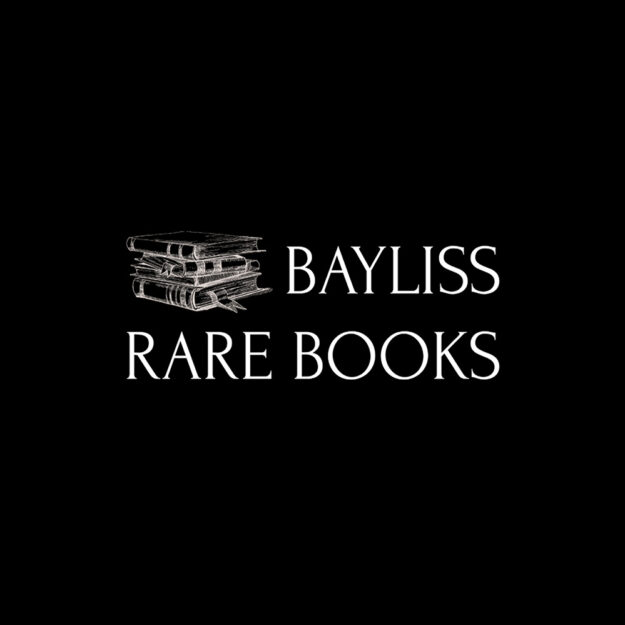A rare first edition of John Barrow’s A Voyage to Cochinchina, published in 1806, and regarded as the first English illustrated work on Cochinchina (modern-day southern Vietnam).
This important travel narrative is notable for its 19 hand-coloured aquatint plates, beautifully executed by William Alexander and Thomas Daniell, which vividly bring to life the landscapes, people, and natural history encountered during the voyage. Barrow, who served as the official interpreter to the Earl Macartney, accompanied the embassy to the Emperor of China, making this volume both a detailed travel account and an artistic masterpiece of the period.
The journey began with stops in Madeira, the Canary Islands, and Rio de Janeiro. Barrow’s descriptions of Rio are particularly thorough, noting the city’s iconic landmarks, including what Bibliotheca da Marinha describes as the “striking view of Rio’s Aqueduct (Arcos de Carioca).” The narrative offers insight into the natural beauty and urban features of Rio, along with observations on Brazil as a whole.
The expedition continued by rounding the Cape of Good Hope before heading towards Cochinchina, with a notable stop in Batavia (present-day Jakarta). The aquatints in this volume capture a broad array of scenes, from city views and natural landscapes to depictions of local wildlife and indigenous peoples, providing readers with an immersive visual journey. The exceptional quality of these illustrations sets the work apart as a visual document of the regions visited.
What makes this work particularly significant is its detailed portrayal of Cochinchina, based largely on a manuscript provided by Captain Barissy, a French naval officer who had served in the region for several years under the King of Cochinchina. Barissy’s firsthand knowledge allowed Barrow to present a highly accurate and detailed account of Cochinchina’s people, politics, and geography. This information, combined with Barrow’s own observations, makes the work one of the most comprehensive early Western accounts of Cochinchina.
Of further interest to enthusiasts of Captain Cook’s voyages, the volume also mentions the discovery of Cook’s ship Resolution, which had been repurposed as a smuggling vessel under the French flag. This fascinating detail adds another layer of historical intrigue to the narrative.
Beyond its literary and visual appeal, A Voyage to Cochinchina is an essential historical document, offering rare early insights into Southeast Asia and Brazil. It stands as a significant source for both historians and collectors, capturing a unique period of exploration and contact between Europe and Asia.
References: Abbey, Travel 514; Tooley 86.
Publisher: T. Cadell and W. Davies, 4to, 1806.
Condition:
Panelled calf binding, worn and rebacked with two gilt-lettered morocco labels to the spine. New endpapers have been added. The aquatints remain vibrant and well-preserved, though some offsetting and spotting is present throughout the text. A short tear affects one of the double-page charts, though this is minor and does not detract from the overall presentation. While the binding shows signs of wear, this remains a highly desirable copy of an important work in travel literature, particularly for its pioneering illustrations and detailed account of Cochinchina and the surrounding regions
























